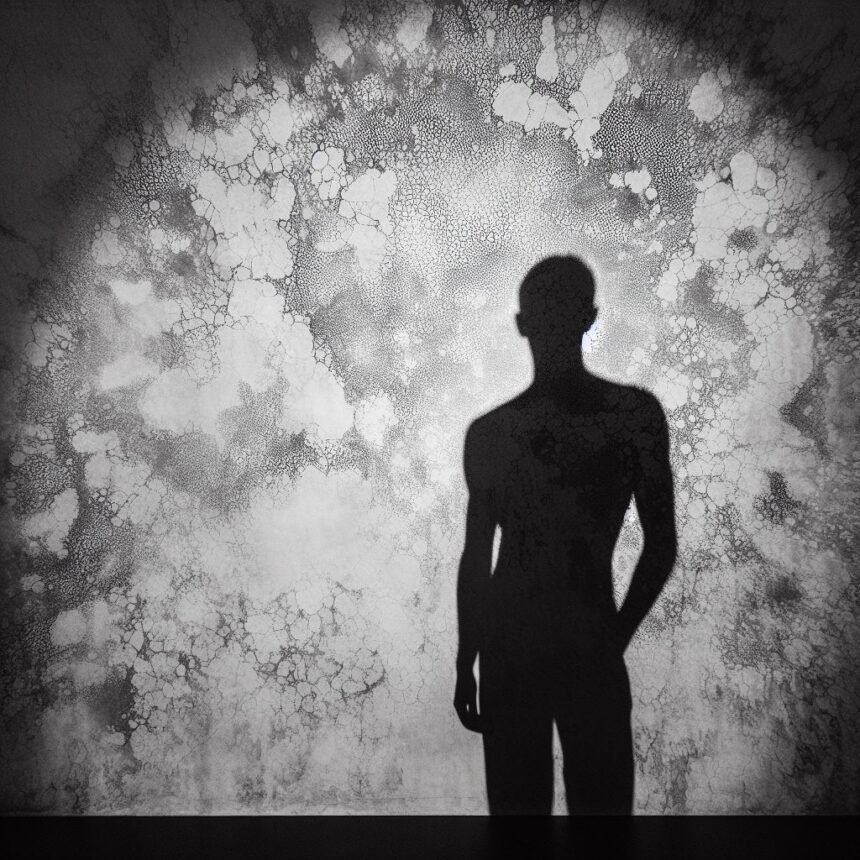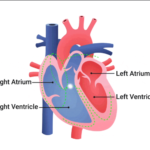Introduction
Shadows, those darkened areas that appear when an object blocks the path of light, are a familiar and essential aspect of our visual world. They are typically created when solid objects interrupt the flow of light from a source, but what about the medium that surrounds us—air? Can air itself cast shadows? In this article, we will explore this intriguing concept and uncover the hidden mysteries of air and shadows.
Shadows: A Brief Overview
Before we delve into the concept of air casting shadows, let’s understand how shadows are traditionally formed. Shadows result when an object intercepts the path of light, preventing it from reaching a surface. The size and shape of the shadow depend on factors like the angle of the light source, the size of the object, and the distance between the object and the surface.
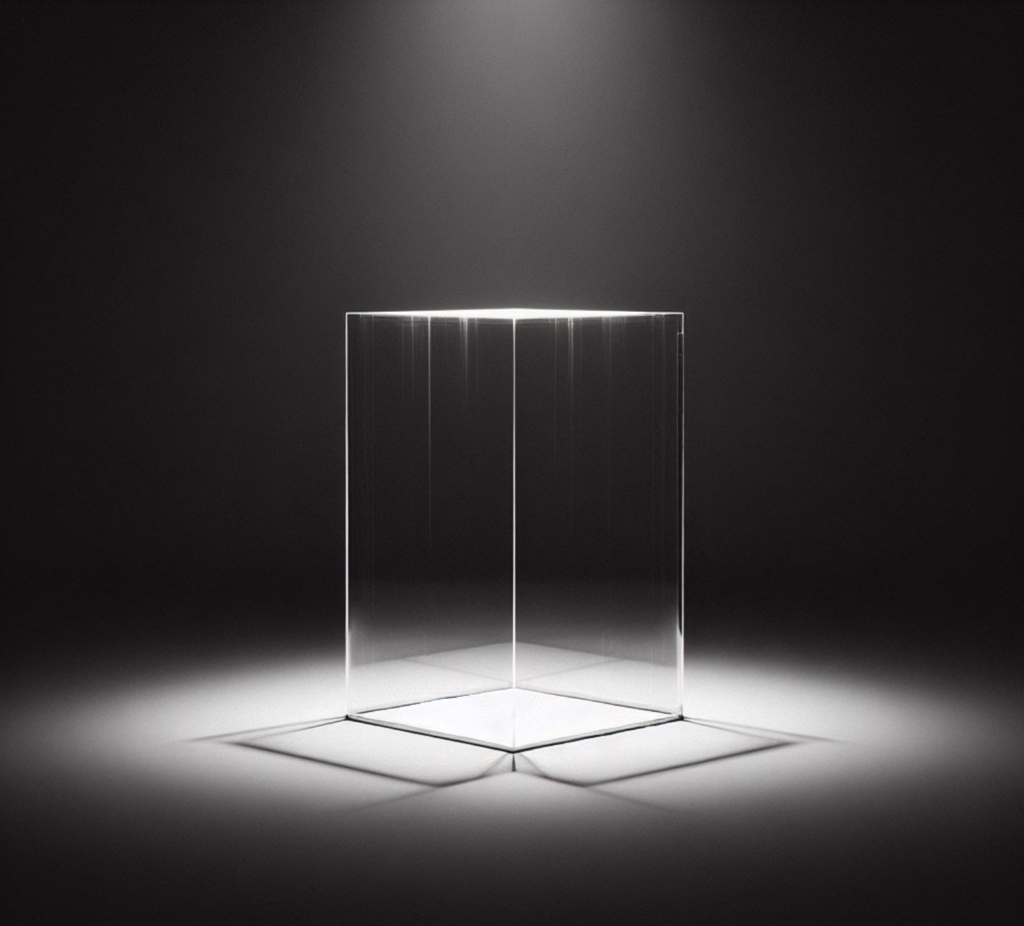
Also read : Focus On The Prize: An Innovative Microscale Tool For Diabetes Treatment
Air: The Transparent Medium
Air, the invisible mixture of gases that envelops our planet, is typically considered a transparent medium. It allows light to pass through with minimal obstruction, making it challenging to perceive air as an entity that can create shadows. In everyday experiences, we do not observe air casting shadows because it is mostly transparent.
The Role of Refraction
While air may not create shadows in the traditional sense, it can influence the way we perceive objects through a phenomenon known as refraction. Refraction occurs when light passes from one medium (like air) into another (such as water or glass) and changes direction. This bending of light can alter our perception of objects, making them appear shifted or distorted.
Mirages: Illusions in the Desert

One of the most famous examples of how air can create optical illusions is the mirage. Mirages are phenomena often observed in deserts, where hot air near the ground bends light rays, making distant objects appear to be reflected on the surface. These mirages can create the illusion of water, an effect known as an “inferior mirage.”
Air’s Role in Diffraction
Air can also play a role in a phenomenon called diffraction. Diffraction occurs when light encounters an obstacle or aperture, causing it to spread and bend around the obstruction. While this effect is more prominent with light waves interacting with small openings, it does not create shadows in the traditional sense.
The Invisible Shadows of Sound

Air can create “shadows” of a different kind when it comes to sound. Sound waves can be blocked, refracted, or diffracted by obstacles in their path, leading to regions of reduced sound intensity known as “acoustic shadows.” These acoustic shadows are a result of sound waves interacting with the air and other surfaces in their environment.
The Magic of Air in Nature
Air’s role in shaping our perception of the world extends beyond optical illusions and refraction. It is a fundamental component in a multitude of natural phenomena, such as atmospheric effects during sunrise and sunset. The air’s interaction with sunlight scatters shorter wavelengths (like blue and green) more effectively, allowing the longer wavelengths (red and orange) to predominate in our view of the sky. This creates the beautiful hues that color our mornings and evenings, a breathtaking manifestation of air’s influence.
Air’s Influence on Light and Color
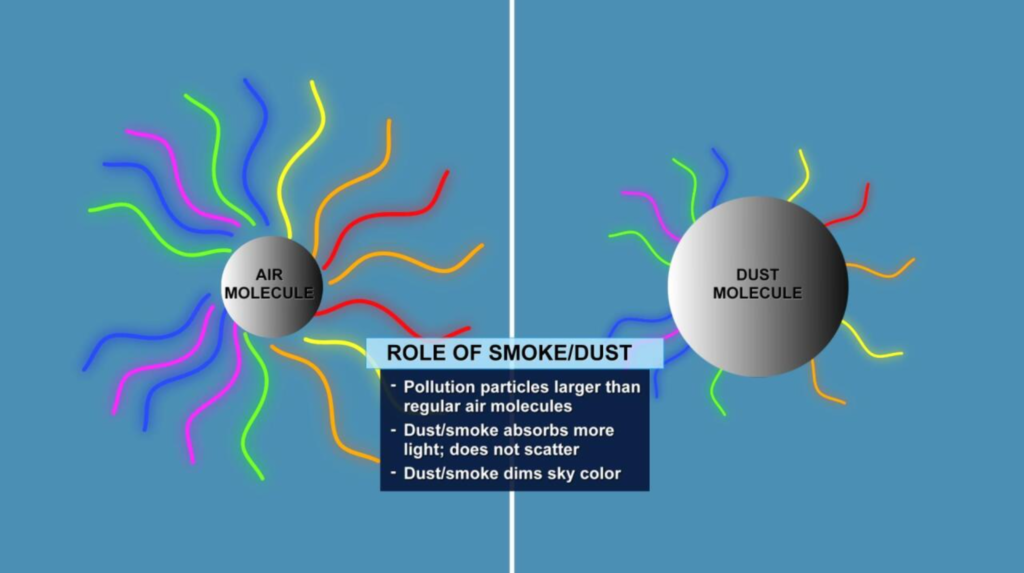
Air also contributes to the dispersion of light. When light passes through air, water droplets, or particles, it can scatter in various directions. This scattering can create a diffused, softened lighting effect, particularly evident on cloudy days when sunlight is spread out by air particles and water vapor. This soft, shadowless light enhances the subtleties and details of our surroundings, casting a gentle, ambient glow.
Air as the Canvas of Nature
Air is like the canvas upon which the intricate play of light, color, and sound unfolds. It is a vital medium through which we perceive and interpret our environment. It may not cast traditional shadows, but it plays a pivotal role in shaping our visual and auditory experiences, often in subtle and captivating ways.
Exploring the Boundaries of Perception
While air may not create shadows in the same way that solid objects do, it continually challenges the boundaries of our perception. It demonstrates that even the seemingly transparent and intangible can influence how we see and experience the world. In studying these phenomena, we gain a deeper understanding of the interplay between light, air, and the world around us, expanding our appreciation for the hidden marvels of the natural world.
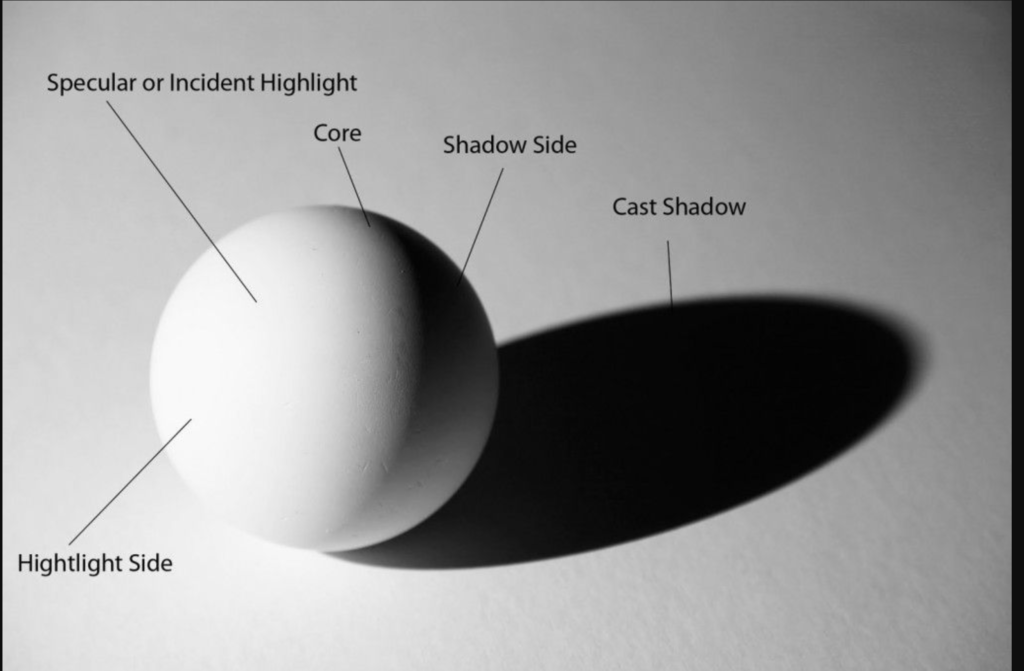
In conclusion, air, the unassuming medium that envelops us, may not create traditional shadows, but its influence on the way we perceive the world is both profound and enchanting. Through refraction, diffraction, and the creation of optical illusions, air can surprise us with its ability to shape our visual experiences. It is a reminder that even the most transparent and ubiquitous elements of our environment have the power to reveal the wonders of our world in unexpected ways.
FAQ: Can Air Make Shadows?
- Can air cast traditional shadows like solid objects?No, air does not cast shadows in the same way that solid objects do. Shadows are typically formed when solid objects block the path of light. Air is transparent and allows light to pass through, so it does not create shadows in the traditional sense.
- What is the role of refraction in air’s interaction with light?Refraction is the bending of light as it passes from one medium to another. Air can cause refraction, which can lead to optical illusions and altered perceptions of objects, but it is not the same as casting shadows.
- How do mirages illustrate the interaction between air and light?Mirages are optical illusions caused by the bending of light due to variations in air temperature. Hot air near the ground can create mirages, making distant objects appear distorted or reflected on the surface. While this is an effect related to air, it is not a traditional shadow.
- Can air influence sound in a similar way to how it affects light?Yes, air can influence sound through phenomena like diffraction, reflection, and refraction. Sound waves can be blocked, scattered, or bent by air and obstacles, creating areas of reduced sound intensity, often called “acoustic shadows.”
- How does air contribute to the beauty of sunrise and sunset?Air scatters shorter wavelengths of sunlight (like blue and green) more effectively, allowing longer wavelengths (red and orange) to dominate the view of the sky. This scattering creates the stunning colors seen during sunrise and sunset, illustrating air’s role in shaping our perception of light and color.
- Does air play a role in diffusing natural light and reducing harsh shadows?Yes, air can contribute to diffusing natural light, making it softer and less harsh. This is particularly noticeable on cloudy days when air particles and water vapor scatter sunlight, resulting in a gentle, shadowless illumination of the environment.
- Can air create shadows in any other forms, such as in art or photography?While air does not cast shadows in the traditional sense, it can indirectly influence shadows in art or photography by affecting the quality and direction of light. Artists and photographers often use various lighting techniques to create shadows and highlights in their work, with air playing a role in the overall lighting effect.
- Is there any way to make air cast shadows under specific conditions?Under normal conditions, air does not cast shadows. However, in controlled environments, such as scientific experiments involving lasers and specific gases, it is possible to manipulate light and air to create shadow-like effects, but these are not natural occurrences.
- What are some other interesting optical phenomena related to air and light?Some fascinating optical phenomena involving air and light include rainbows, halos, and atmospheric optics. These phenomena showcase the intricate ways in which air can interact with light to produce stunning visual effects in the natural world.
Also read : Researchers Studying Animals Create Climate-Resilient Cows That Yield 20 Times More Milk







